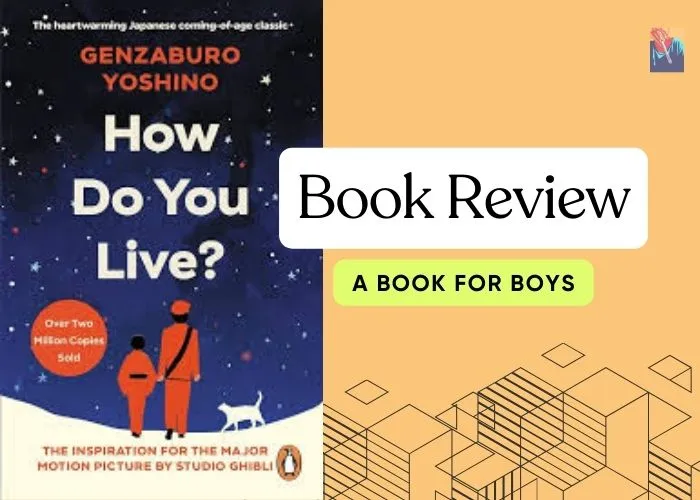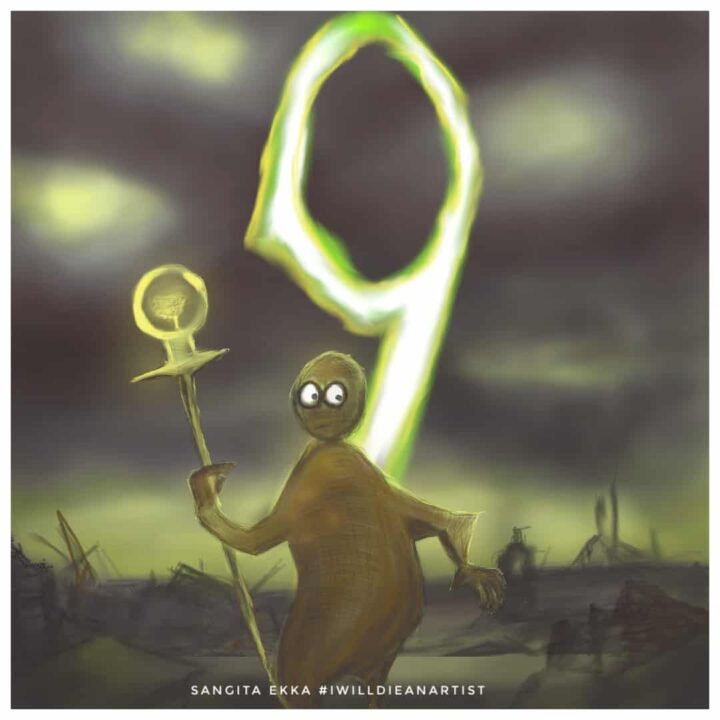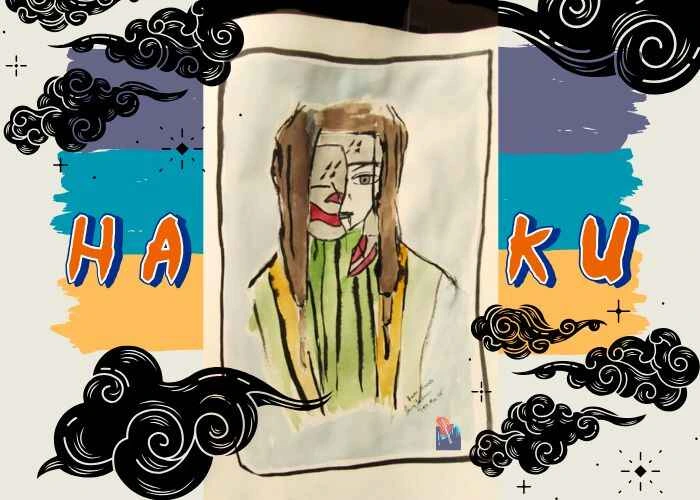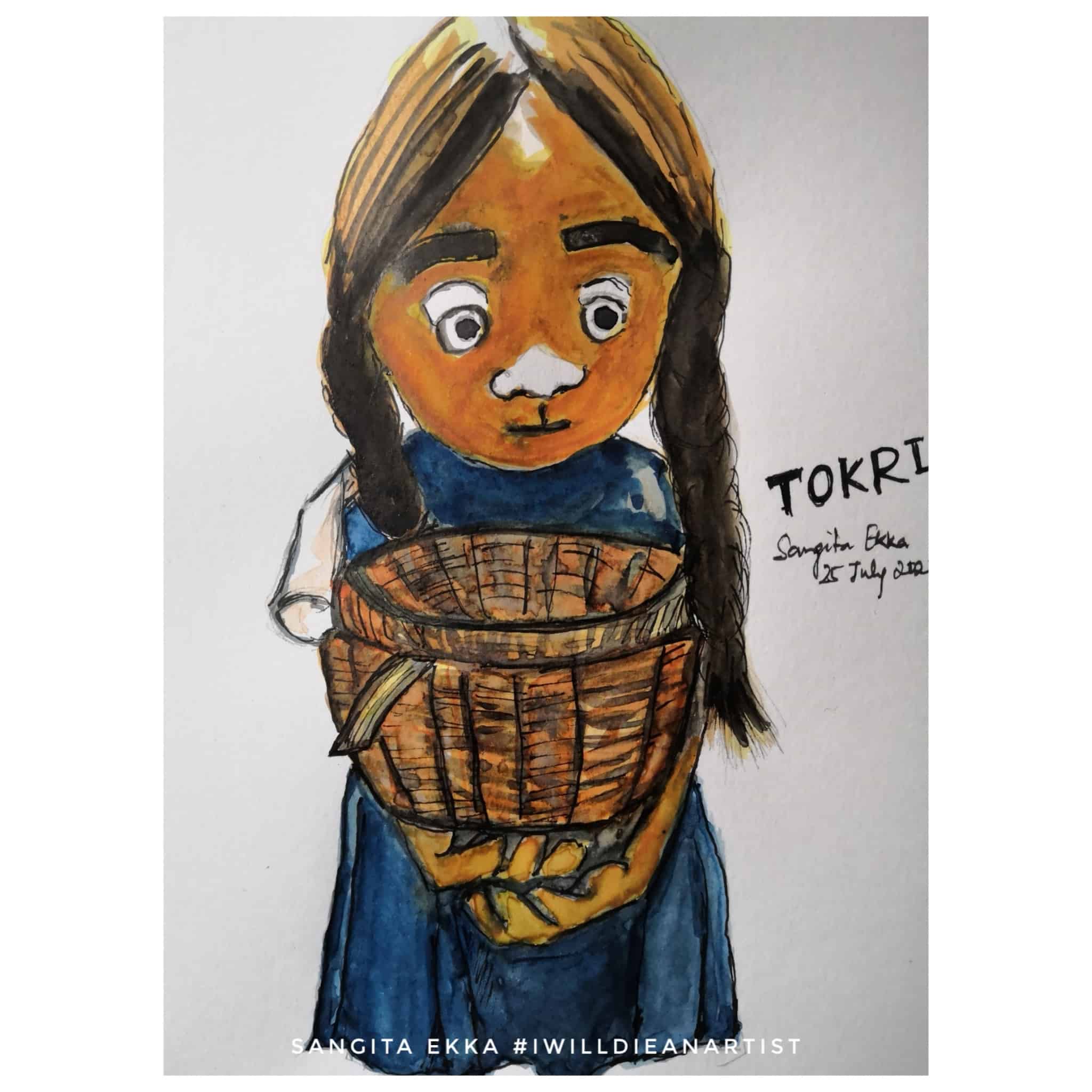Hayao Miyazaki’s current final film, How Do You Live, was released theatrically in Japan on July 14, 2023. The film is inspired by Genzaburo Yoshino’s 1937 coming-of-age classic of the same name and is also one of Miyazaki’s favorite books.
How Do You Live is written for adolescent boys, and I believe it is significant for anyone wishing to live a meaningful, fulfilling life. The book is profoundly philosophical and contains multiple historical and scientific instances. Yet, it is relatable for school-going children who are just beginning to understand themselves and the world.
How Do You Live centers around a boy nicknamed Cooper, his friends, their daily school lives, and their families. The crux of the book, however, is the parallel viewpoints of Cooper and his uncle. Readers experience every significant incident as a child and as an adult.
The book has many solid themes, and while the key takeaways differ from reader to reader, we consistently see a few overarching themes adopted in Miyazaki’s films.
I attempt to write about them.
AD
The Presence of Humane Female Characters
Japanese comics have a dedicated genre for adolescent boys—Shōnen. These stories often cover themes like wars, action, or fantasy. Although targeted at a specific demographic, the stories usually run deep and are deemed appropriate for people across genders and age groups.
However, the origins of its editorial segregation date back to the early 1900s, a time of relatively higher sexism. Shōnen has been criticized for underdeveloped female characters or for portraying them through the archaic male lens.
Hatred toward Sakura Haruno, a leading female character in the popular series Naruto, is another proof of inherent and deliberate sexism.
How Do You Live does not offer a groundbreaking representation of female characters, but all the women have distinct personalities and characteristics.
Cooper encounters women through his friends, and his thoughts about them are loudly presented to the readers. He is often impressed by their sheer physical strength, intellect, passion, and ability to lead level-headed lives. He is also cognizant of their mannerisms, dressing choices, and confidence.
Yoshino has written passionately and tenderly for female characters. He does not hide the impact women leave on Cooper, including his mother, who is single and widowed and has taken care of him since he was young.
All Miyazaki films have strong female leads, adolescent girls who are brave, bright, tender, and cheerful, and it’s easy to see the influence of this book on his films.
The Class Differences
Even in a classroom, the children are not equal.
One of the book’s best sections is the evolution of Cooper’s friendship with Uragawa, the less fortunate and misunderstood kid in his company.
The book delves into how Cooper’s curiosity about the boy leads him to his house and eventually to the discovery that different children experience different neighborhoods and households. He sees why Uragawa brings fried Tofu to school each day or why he sleeps in class.
Yoshino writes freely about the size of houses, smells, and hard work of people in Uragawa’s locality, describing a stark class difference between Uragawa and his friends.
As the friendship between the boys deepens, the class understanding deepens, and Cooper’s perspective on Uragawa changes from being a weakling to a kind, hardworking, and peaceful boy.
The Presence of a Solid Male Role Model
As mentioned, the reader traverses the book through two lenses—one as a child, through Cooper’s thoughts and feelings, and one as an adult, through his uncle.
Yoshino establishes early that Cooper feels close to his uncle and is open to sharing his thoughts, developing worldviews, and anything else a school-going child will experience.
His uncle makes it a point to note his thoughts about every significant development in Cooper’s life and slowly reveals a manifesto for leading a good life and being a great human being.
In his uncle’s notes, we read about science, history, consumerism, bravery, empathy, friendship, and humility. He provides a complete picture of historical characters without hero-worshipping. And despite his opinions as an adult, he doesn’t wish to spoon-feed them to Cooper but expects him to experience the world himself, in all its hues, and learn independently.
Most anime and manga show older male characters as physically strong people who withhold emotions. This book does the opposite and offers an alternative approach to becoming a man.
Cooper Is Not Special
The most important work in this book is making Cooper a flawed boy.
Books, even those meant for kids, depict boys as heroes. This is particularly true for manga and anime, where boys constantly overcome hurdles and become strong. Being weak, even momentarily, is looked down upon.
How Do You Live has many instances where Cooper couldn’t become the person he promised to be. He fails to show courage and be there for his friends; like any normal human being, this affects him deeply.
Adults are also like this.
Despite our daily bombardment of motivational quotes, we don’t always measure up. We often fail multiple times daily and are hard on ourselves.
Cooper’s overcoming his emotional setback as a failed friend is an intense section in the book that offers a fresh gaze into human relationships built on apologies and forgiveness.
Useful and Great Human Being
Towards the end, Cooper chooses the kind of person he wants to be, shaped by his early experiences, failures, successes, and lessons from women.
After many years, his uncle’s notes are eventually given to him during a Japanese ceremony, symbolizing a rite of passage.
Final Thoughts
Boy And The Heron borrows ideas from the book, but it’s not a direct adaptation. Miyazaki’s films are rarely simple, yet I believe that maybe, for the first time, Miyazaki made a film with young boys in mind – richly emotional, intellectual, and empathetic.
I will keep the film analysis for another day.
How Do You Live is a good book for many adults and is recommended for adolescent boys who are deprived of soft and empathetic male role models in the current anime-frenzy age.
AD




